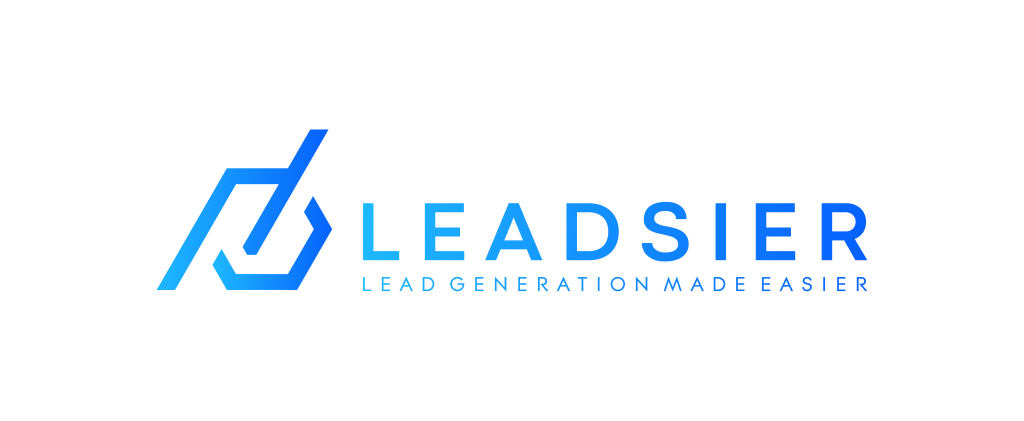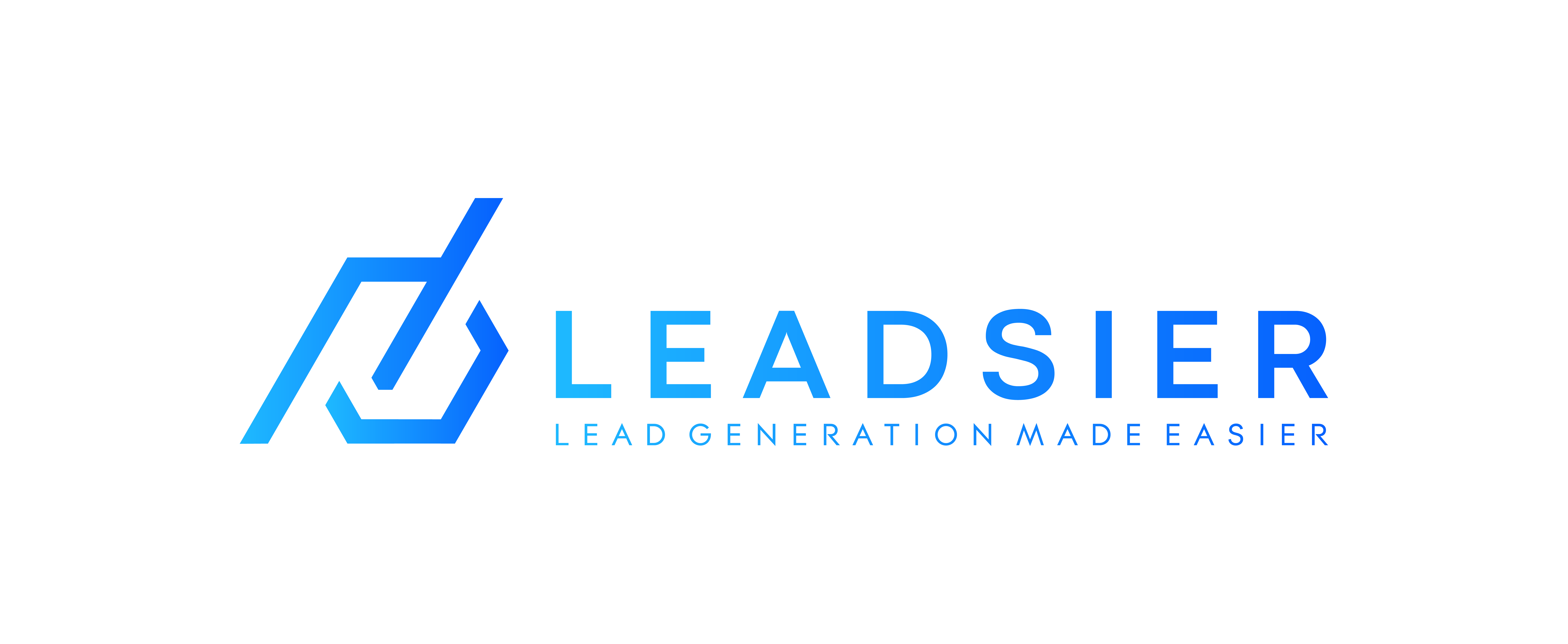Introduction
Pharmaceutical marketing plays a crucial role in the healthcare industry. It involves promoting and selling pharmaceutical products to healthcare professionals, patients, and other stakeholders. Effective pharmaceutical marketing is essential for the success of pharmaceutical companies as it helps them reach their target audience, build brand awareness, establish credibility, and ultimately drive sales. In this article, we will explore the various aspects of pharmaceutical marketing and discuss strategies for success in this dynamic and competitive industry.
Understanding the Healthcare Industry: A Key to Successful Pharmaceutical Marketing
The healthcare industry is a complex and ever-evolving field that encompasses a wide range of stakeholders, including healthcare providers, patients, insurance companies, regulatory bodies, and more. To effectively market pharmaceutical products in this industry, it is crucial to have a deep understanding of its intricacies.
One of the key challenges in the healthcare industry is the regulatory environment. Pharmaceutical companies must navigate through various regulations and guidelines set by regulatory bodies such as the Food and Drug Administration (FDA) to ensure compliance in their marketing efforts. Understanding these regulations is essential to avoid legal issues and maintain the trust of customers.
Another important aspect of the healthcare industry is the decision-making process. Healthcare professionals play a critical role in prescribing medications to patients. Understanding their needs, preferences, and decision-making factors can help pharmaceutical companies tailor their marketing messages and strategies to effectively reach and influence these key stakeholders.
Targeting the Right Audience: Identifying Your Ideal Customer in Healthcare Marketing
Identifying the target audience is a crucial step in pharmaceutical marketing. By understanding who your ideal customer is, you can tailor your marketing efforts to reach them more effectively. In the healthcare industry, there are multiple potential target audiences, including healthcare professionals, patients, caregivers, and payers.
To identify your ideal customer, it is important to conduct market research and gather data on demographics, psychographics, behaviors, and preferences. This can be done through surveys, interviews, focus groups, and data analysis. By analyzing this data, you can gain insights into the needs, challenges, and motivations of your target audience, allowing you to develop targeted marketing strategies that resonate with them.
In addition to traditional market research methods, pharmaceutical companies can also leverage technology and data analytics to gain a deeper understanding of their target audience. By analyzing data from electronic health records, social media platforms, and other sources, companies can identify patterns and trends that can inform their marketing strategies.
The Power of Branding: Creating a Strong Pharmaceutical Brand in the Healthcare Industry
Branding is a powerful tool in pharmaceutical marketing. A strong brand can differentiate a pharmaceutical company from its competitors, build trust and credibility, and create a loyal customer base. In the healthcare industry, where trust and credibility are paramount, branding plays an even more significant role.
To create a strong pharmaceutical brand, it is important to define your brand identity and positioning. This involves identifying your unique value proposition, understanding your target audience’s needs and preferences, and developing a brand personality that resonates with them. Your brand should communicate your company’s mission, values, and commitment to quality and patient care.
Once you have defined your brand identity, it is important to consistently communicate it across all touchpoints. This includes your website, social media channels, advertising campaigns, packaging, and more. Consistency in branding helps build recognition and trust among your target audience.
Building Trust: How to Establish Credibility and Win Over Customers in Healthcare Marketing
Building trust is crucial in pharmaceutical marketing. In the healthcare industry, customers rely on pharmaceutical products to improve their health and well-being. Therefore, they need to trust the companies behind these products.
One way to establish credibility is by providing accurate and transparent information about your products. This includes clearly communicating the benefits, risks, and side effects of your medications. It is important to ensure that all claims made in your marketing materials are supported by scientific evidence and comply with regulatory requirements.
Another way to build trust is by engaging with your target audience and addressing their concerns. This can be done through educational content, patient support programs, and open communication channels. By providing valuable information and support, you can position your company as a trusted resource in the healthcare industry.
The Role of Digital Marketing in Pharmaceutical Promotion: Best Practices and Strategies
Digital marketing has become an essential component of pharmaceutical promotion. With the increasing use of digital channels by healthcare professionals and patients, pharmaceutical companies need to leverage digital marketing strategies to reach their target audience effectively.
One of the key advantages of digital marketing is its ability to target specific audiences with personalized messages. Through techniques such as search engine optimization (SEO), pay-per-click (PPC) advertising, and social media marketing, pharmaceutical companies can reach their target audience at the right time and place.
In addition to targeting, digital marketing also allows for real-time tracking and measurement of marketing campaigns. By analyzing data on website traffic, engagement rates, conversion rates, and more, companies can gain insights into the effectiveness of their marketing efforts and make data-driven decisions to optimize their strategies.
Navigating Regulatory Requirements: How to Ensure Compliance in Pharmaceutical Advertising
Regulatory requirements play a significant role in pharmaceutical advertising. The FDA and other regulatory bodies have strict guidelines in place to ensure that pharmaceutical companies promote their products in a responsible and ethical manner.
To ensure compliance with regulatory requirements, it is important to stay up-to-date with the latest guidelines and regulations. This can be done by regularly monitoring the FDA’s website, attending industry conferences and seminars, and consulting with legal experts who specialize in healthcare advertising.
It is also important to have a robust review process in place for all marketing materials. This includes reviewing all claims, references, visuals, and disclosures to ensure that they comply with regulatory requirements. Having a dedicated regulatory affairs team can help streamline this process and ensure that all marketing materials are compliant before they are released.
Measuring Success: Key Metrics for Tracking the Effectiveness of Pharmaceutical Marketing Campaigns
Measuring the effectiveness of pharmaceutical marketing campaigns is essential to determine their impact and make data-driven decisions for future strategies. There are several key metrics that can be used to track the success of these campaigns.
One important metric is sales revenue. By tracking the sales of pharmaceutical products before, during, and after a marketing campaign, companies can assess the impact of their efforts on sales performance. Other metrics include market share, customer acquisition cost, customer lifetime value, and return on investment (ROI).
In addition to financial metrics, it is also important to track engagement metrics such as website traffic, click-through rates, social media engagement, and email open rates. These metrics provide insights into the level of interest and engagement generated by your marketing campaigns.
Leveraging Data and Analytics: How to Use Data to Drive Pharmaceutical Marketing Strategy
Data and analytics play a crucial role in pharmaceutical marketing strategy. By leveraging data from various sources, including market research, customer feedback, and digital analytics, companies can gain insights into their target audience’s preferences, behaviors, and needs.
One way to leverage data is through segmentation. By dividing your target audience into smaller segments based on demographics, psychographics, or behaviors, you can develop targeted marketing messages and strategies that resonate with each segment. This allows for more personalized and effective marketing campaigns.
Another way to use data is through predictive analytics. By analyzing historical data and trends, companies can make predictions about future customer behavior and market trends. This can help inform marketing strategies and optimize resource allocation.
The Importance of Collaboration: Building Strong Relationships with Healthcare Providers and Stakeholders
Collaboration is essential in the healthcare industry. Pharmaceutical companies need to build strong relationships with healthcare providers, patients, payers, and other stakeholders to effectively market their products.
One way to foster collaboration is through educational initiatives. By providing healthcare professionals with up-to-date information and training on your products, you can position your company as a trusted partner in patient care. This can be done through continuing medical education (CME) programs, webinars, conferences, and more.
Another way to collaborate is through patient support programs. By partnering with patient advocacy groups, healthcare providers, and other stakeholders, pharmaceutical companies can provide resources and support to patients who are using their products. This not only helps improve patient outcomes but also builds trust and loyalty among customers.
Staying Ahead of the Game: Emerging Trends and Innovations in Pharmaceutical Marketing
The healthcare industry is constantly evolving, and pharmaceutical companies need to stay ahead of the game to remain competitive. There are several emerging trends and innovations in pharmaceutical marketing that can help companies gain a competitive edge.
One emerging trend is the use of artificial intelligence (AI) and machine learning in marketing. AI-powered tools can analyze large amounts of data, identify patterns and trends, and make predictions about customer behavior. This can help companies develop more targeted marketing strategies and deliver personalized experiences to their customers.
Another emerging trend is the use of virtual reality (VR) and augmented reality (AR) in healthcare marketing. These technologies allow for immersive and interactive experiences that can educate healthcare professionals and patients about pharmaceutical products. For example, VR can be used to simulate surgical procedures or demonstrate the mechanism of action of a medication.
Conclusion
Pharmaceutical marketing plays a crucial role in the healthcare industry. By understanding the complexities of the industry, identifying the target audience, building a strong brand, establishing trust, leveraging digital marketing strategies, ensuring compliance with regulations, measuring success, leveraging data and analytics, fostering collaboration, and staying ahead of the game with emerging trends and innovations, pharmaceutical companies can effectively promote their products and drive sales. It is important for companies to continuously adapt and evolve their marketing strategies to meet the changing needs and preferences of their target audience and stay competitive in this dynamic industry.
If you’re looking for insights on effective lead generation strategies for pharmaceutical marketing, check out this informative article on Leadsier’s blog: “Effective Lead Generation Blog Strategies.” This article provides valuable tips and techniques to help pharmaceutical marketers generate more leads from their website. From optimizing content to leveraging social media, this article offers practical advice to enhance your lead generation efforts. To learn more, click here.


